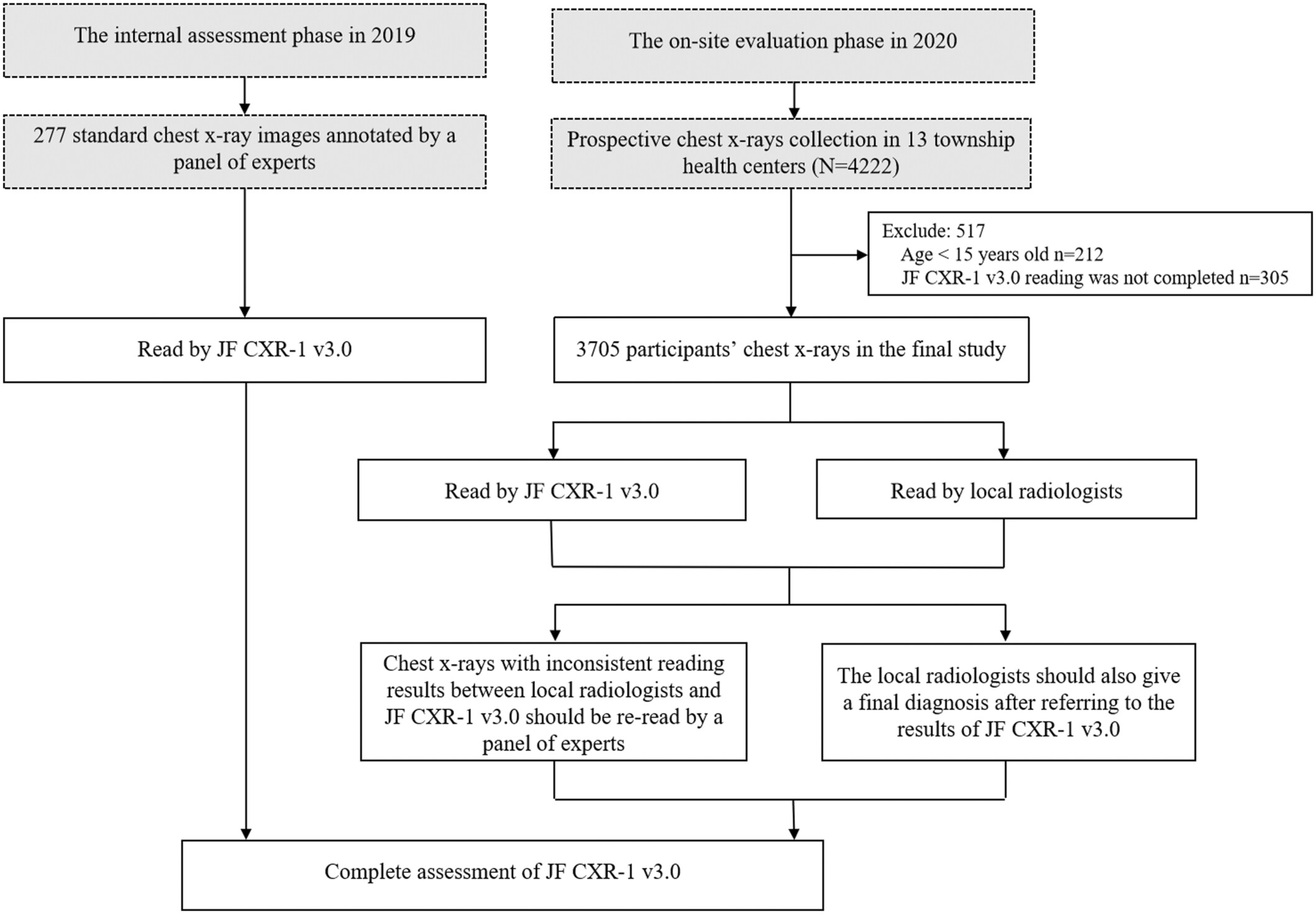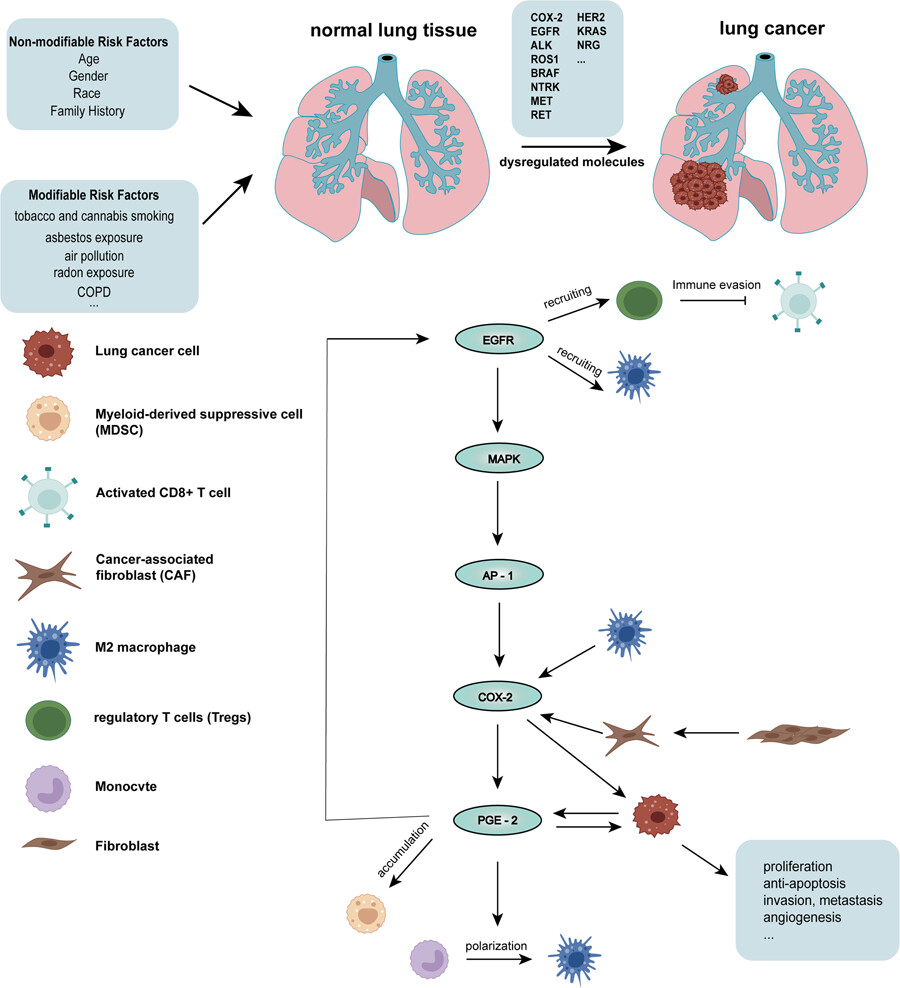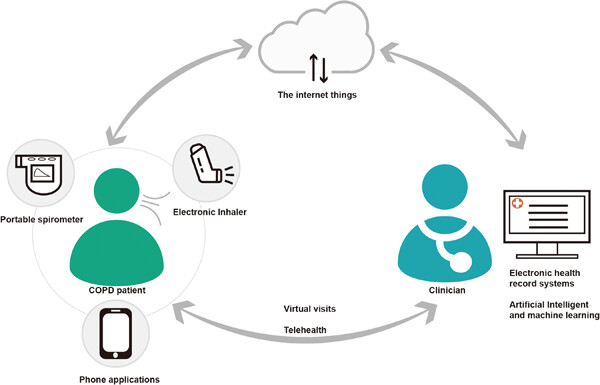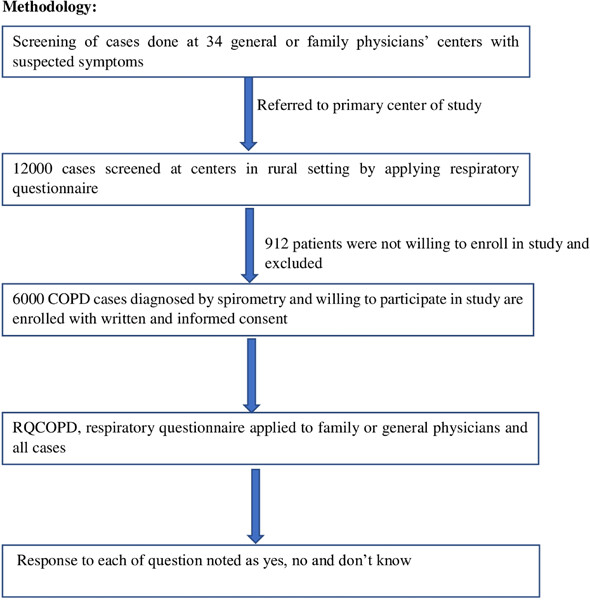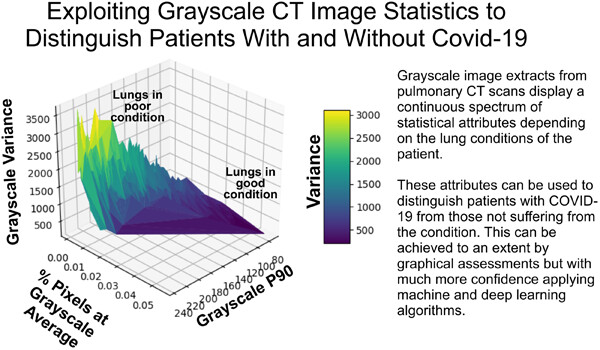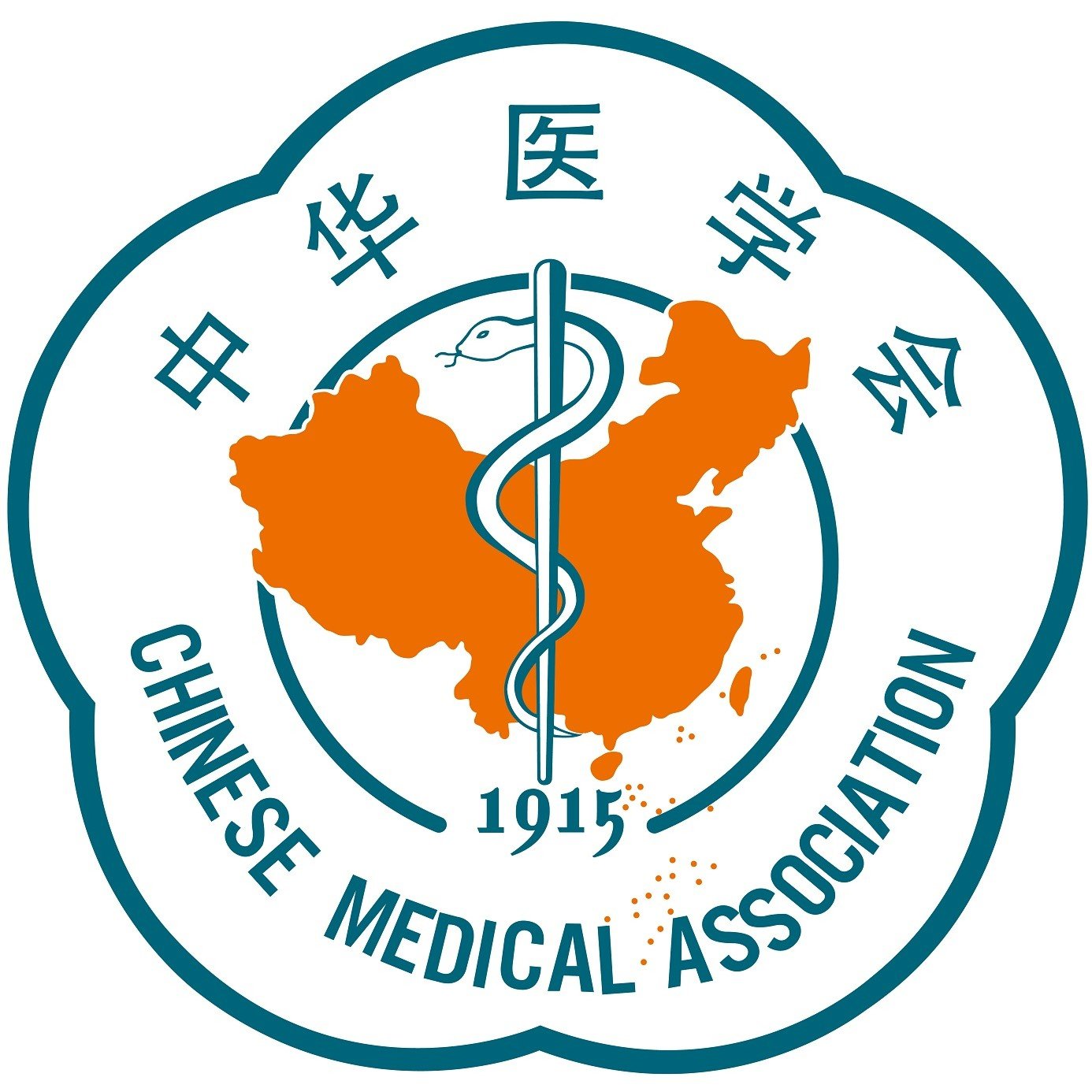Journal list menu
Export Citations
Download PDFs
Respiratory diseases
Performance of Computer-Aided Detection Software in Tuberculosis Case Finding in Township Health Centers in China
- First Published: 02 April 2025
COX-2 in lung cancer: Mechanisms, development, and targeted therapies
- First Published: 12 March 2024
Trends in the prevalence and incidence of chronic obstructive pulmonary disease among adults aged ≥50 years in the United States, 2000–2020
- First Published: 31 May 2024
Digital health in chronic obstructive pulmonary disease
- First Published: 02 June 2023
Advances in immune response to pulmonary infection: Nonspecificity, specificity and memory
- First Published: 08 May 2023
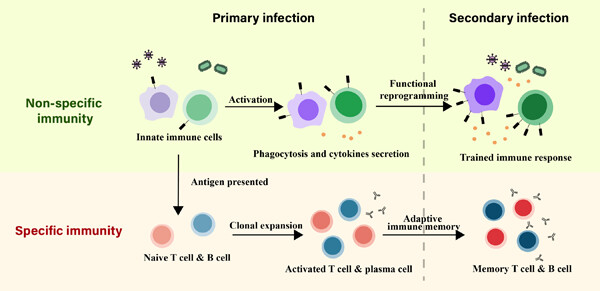
Nonspecific and specific immune responses during primary and secondary infections. The innate immune cells are activated after immune recognition and initiate the innate immune response leading to adaptive immunity stimulation, cytokine secretion, pathogen elimination, and trained immunity. The classical adaptive immune memory involves gene recombination in T and B cells, which confers often long-term and pathogen-specific protection. Trained immunity enhances inflammatory and antimicrobial properties in innate immune cells. Both of them provide protection from re-infection.
Pharmacological therapy for stable chronic obstructive pulmonary disease
- First Published: 05 April 2023
Interactions between the lung microbiome and host immunity in chronic obstructive pulmonary disease
- First Published: 03 April 2023
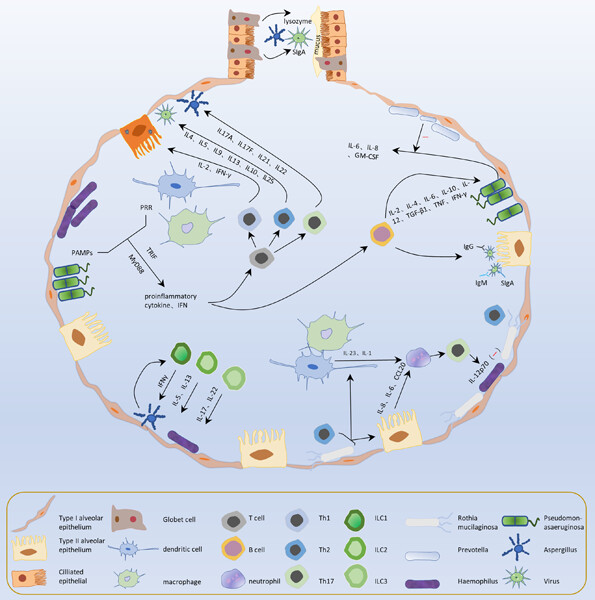
The lungs possess a strong defense system of mucus, structural cells, immune cells, and extracellular matrix that clears or inactivates causative agents. The immune defense mechanism of the lungs consists of innate immunity and adaptive immunity, and mucociliary clearance is the first line of defense in innate immunity. Cells such as alveolar epithelial cells, macrophages, and dendritic cells bind to pathogen-associated molecular patterns on their surfaces through pattern recognition receptors when a pathogen breaks through the immune defenses of airway epithelial surfaces and recognizes the corresponding pathogen. Various Tissue-Resident Lymphocytes in the lungs secrete different cytokines stimulated by antigens, recruit effector cell subsets and provoke corresponding immune responses, eliminating pathogens. Adaptive immunity mainly includes cellular immunity mediated by T cells and humoral immunity mediated by B cells. The normal flora in the lungs also plays a good protective role for the host. They can also contend for ecological niches with opportunistic pathogens and foreign pathogens, decreasing the likelihood of pathogenic infection colonization.
Respiratory questionnaire-based analysis of awareness of COPD in a large multicenter rural population-based study in India
- First Published: 17 September 2022
In the era of long COVID, can we seek new techniques for better rehabilitation?
- First Published: 07 September 2022
Association of cannabis with chronic obstructive pulmonary disease and COVID-19 infection
- First Published: 22 June 2022
Perspectives on early-stage lung cancer identification and challenges to thoracic surgery
- First Published: 22 June 2022
The earlier, the better? A review of neoadjuvant immunotherapy in resectable non-small-cell lung cancer
- First Published: 25 May 2022
Aged diabetic amputee with COVID-19: A medication therapy
- First Published: 13 April 2022
Grayscale image statistics of COVID-19 patient CT scans characterize lung condition with machine and deep learning
- First Published: 31 May 2022
Cyanobacterial metabolites as novel drug candidates in corona viral therapies: A review
- First Published: 31 March 2022
Advancement of deep learning in pneumonia/Covid-19 classification and localization: A systematic review with qualitative and quantitative analysis
- First Published: 31 March 2022
Research Progress on Postoperative Minimal/Molecular Residual Disease Detection in Lung Cancer
- First Published: 31 March 2022
Recombinant human erythropoietin accelerated the proliferation of non-small cell lung cancer cell lines and reduced the expression of VEGF, HIF-1α, and PD-L1 under a simulated hypoxic environment in vitro
- First Published: 31 March 2022
Sphingolipid profiles and their relationship with inflammatory factors in asthmatic patients of different sexes
- First Published: 01 September 2021
Pulmonary embolism with chronic obstructive pulmonary disease
- First Published: 01 September 2021




2589-0514.respiratory-diseases.cover.gif)
